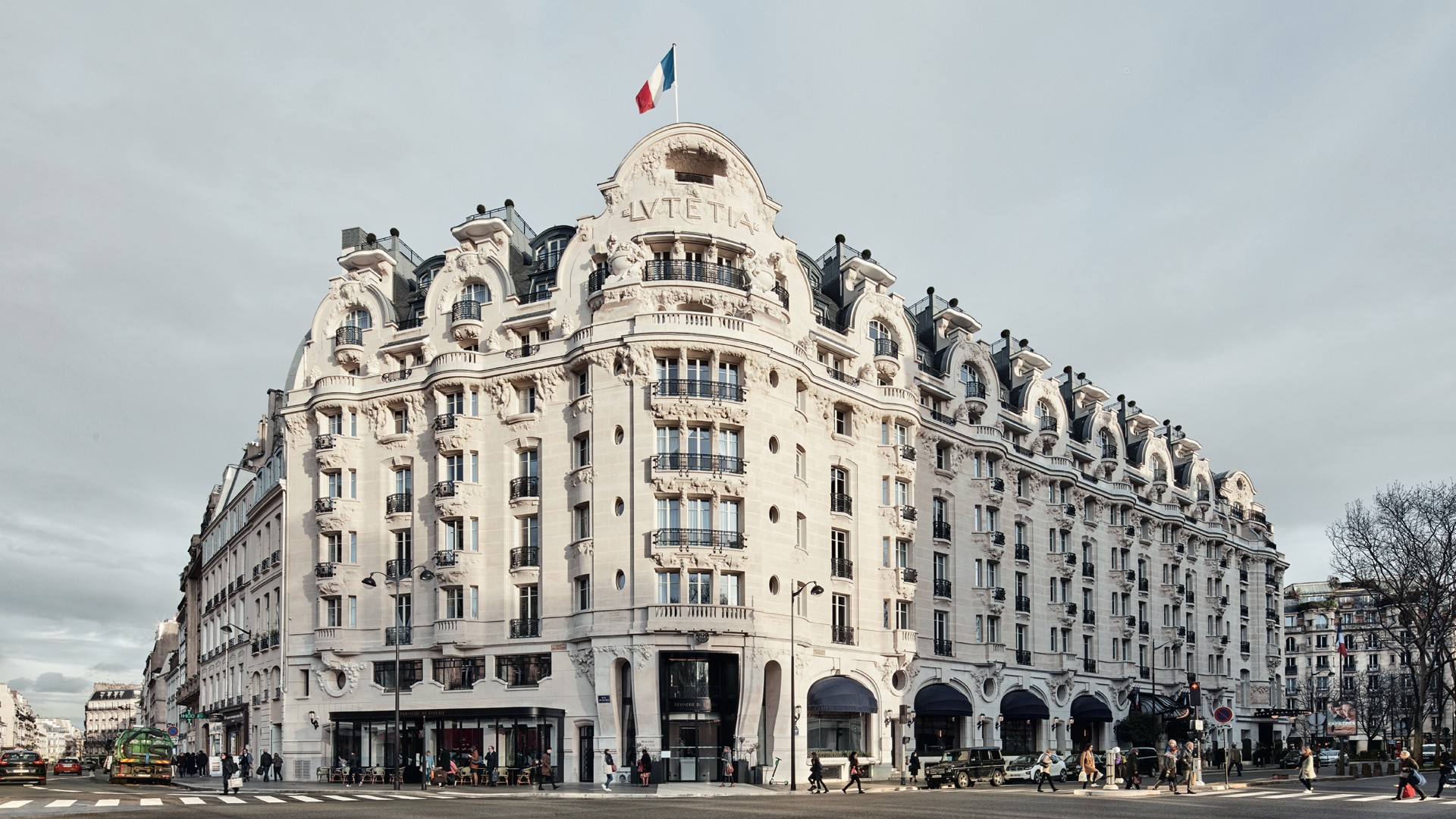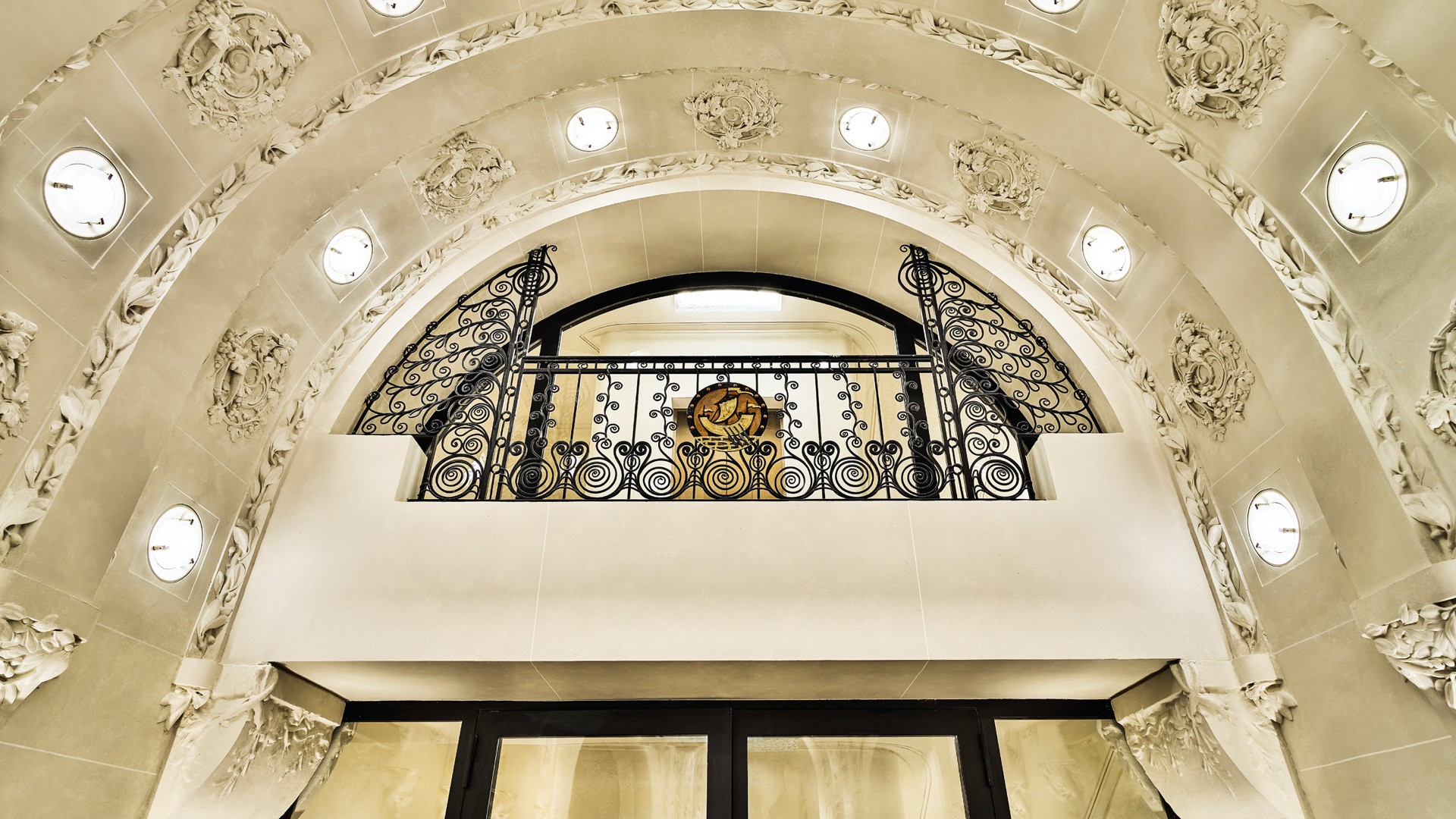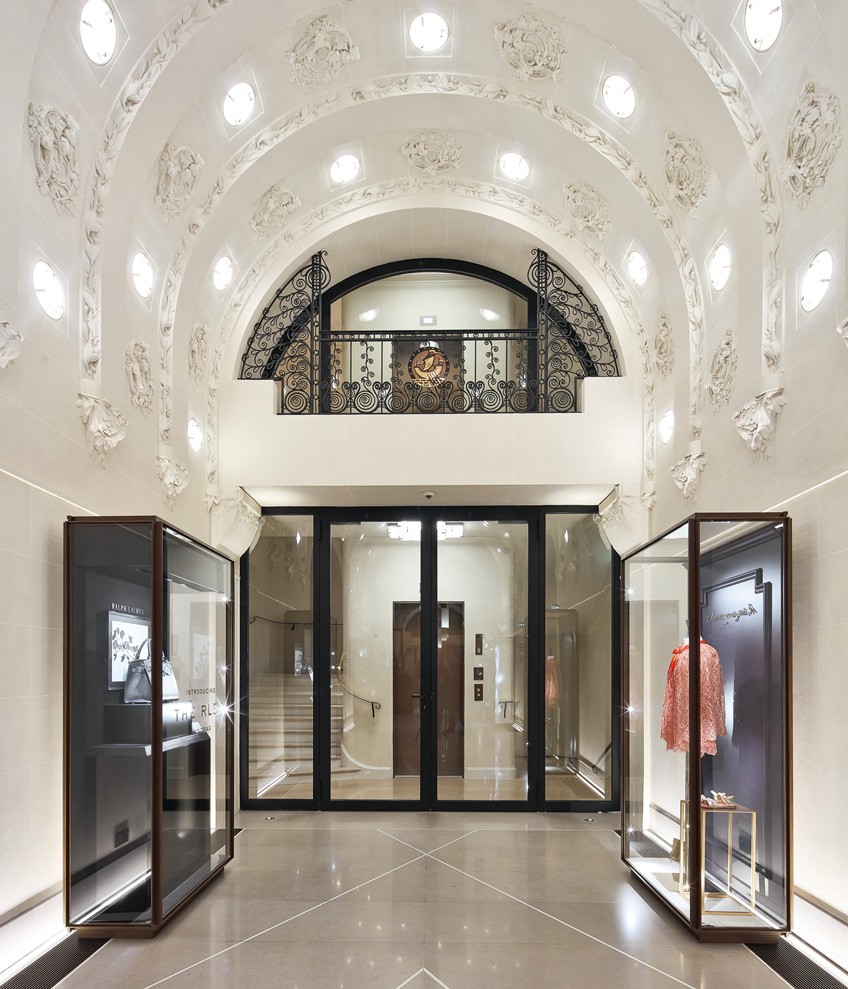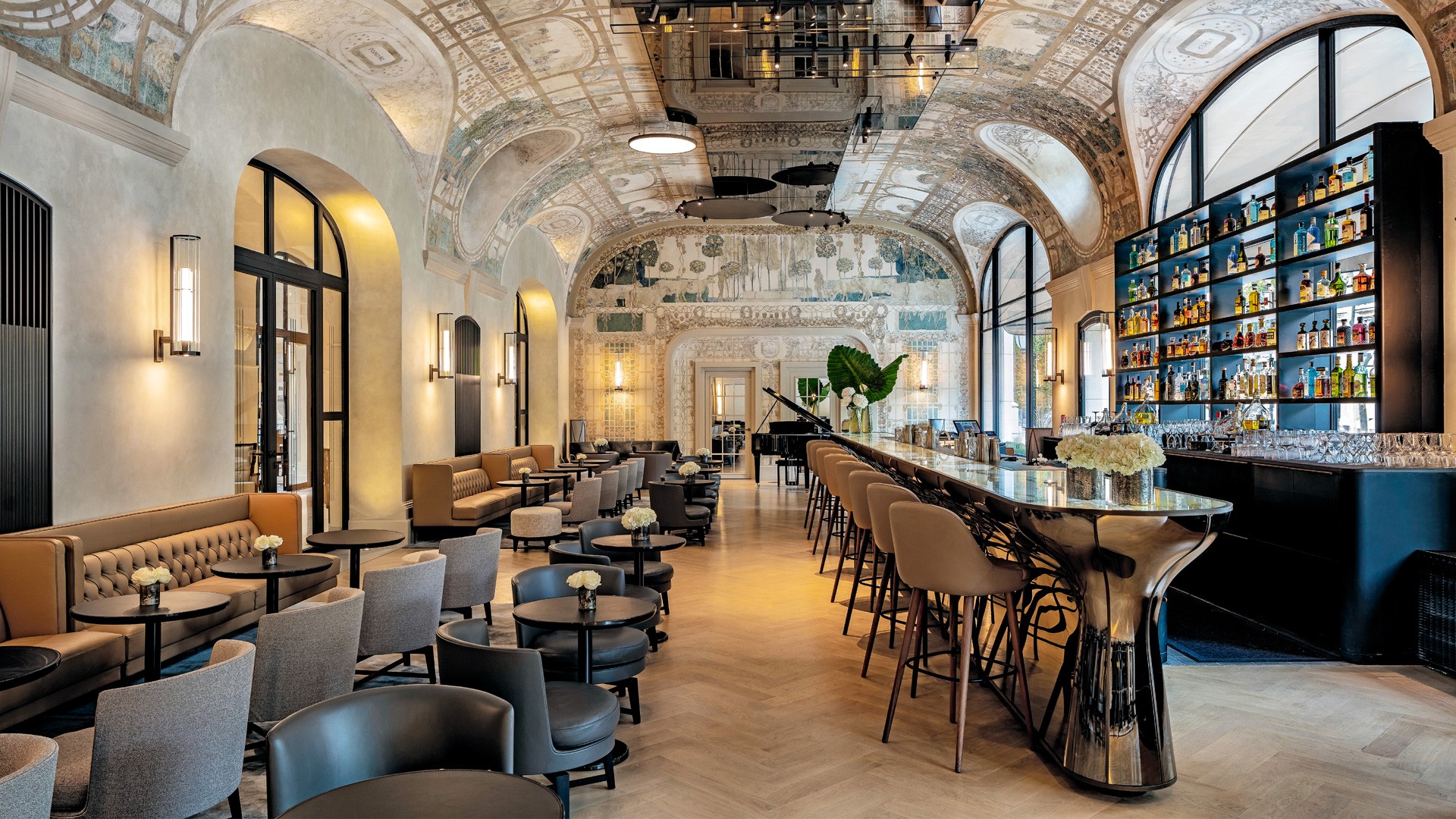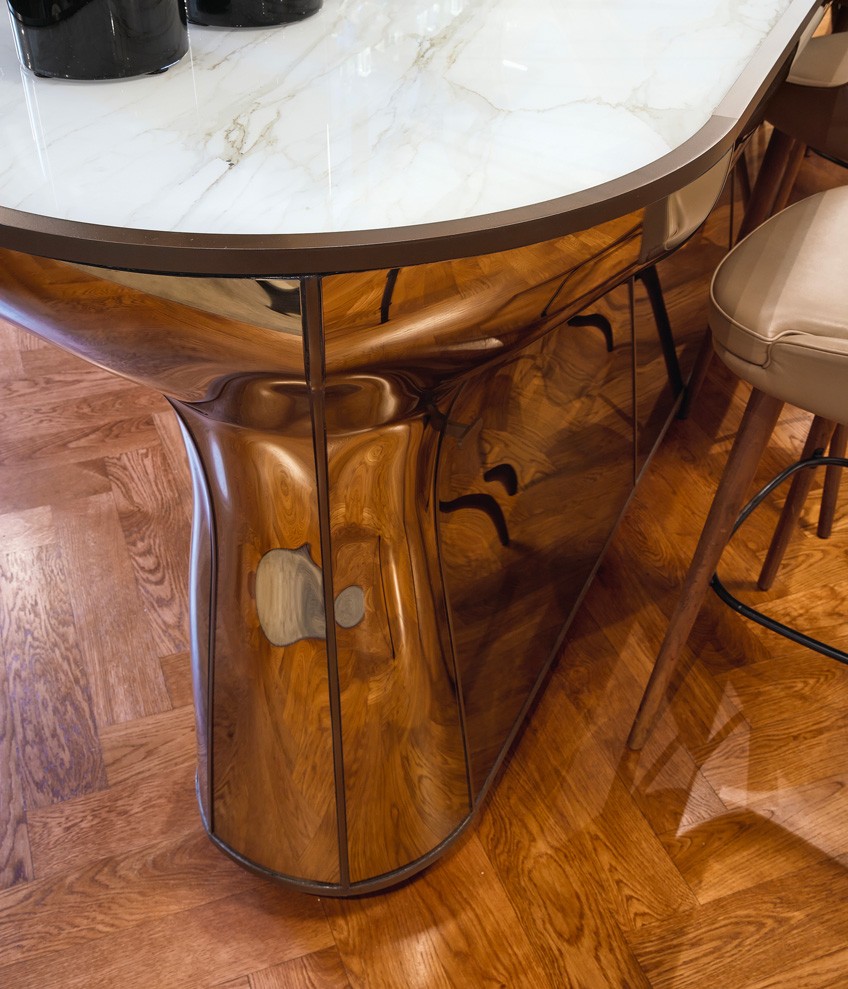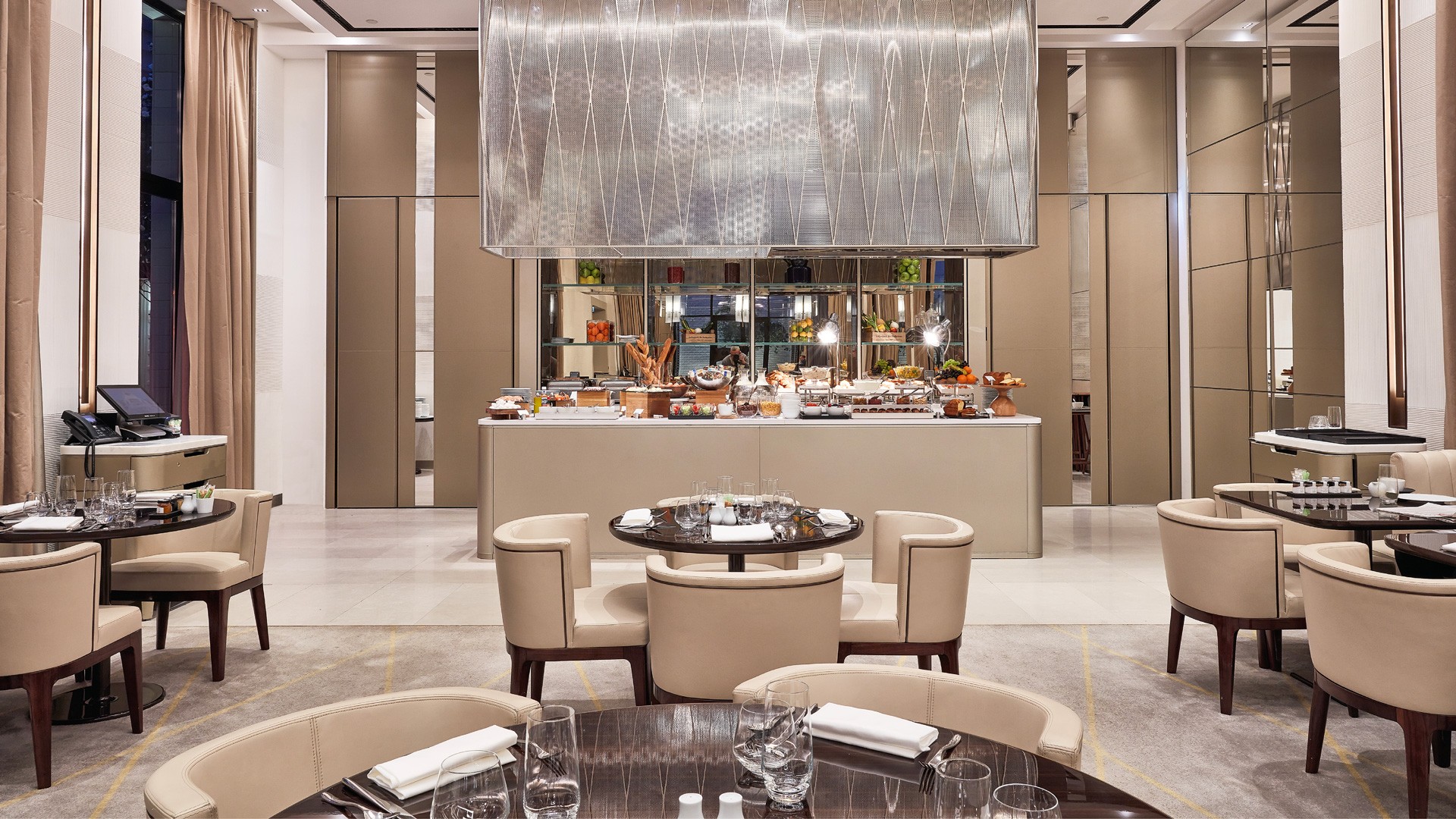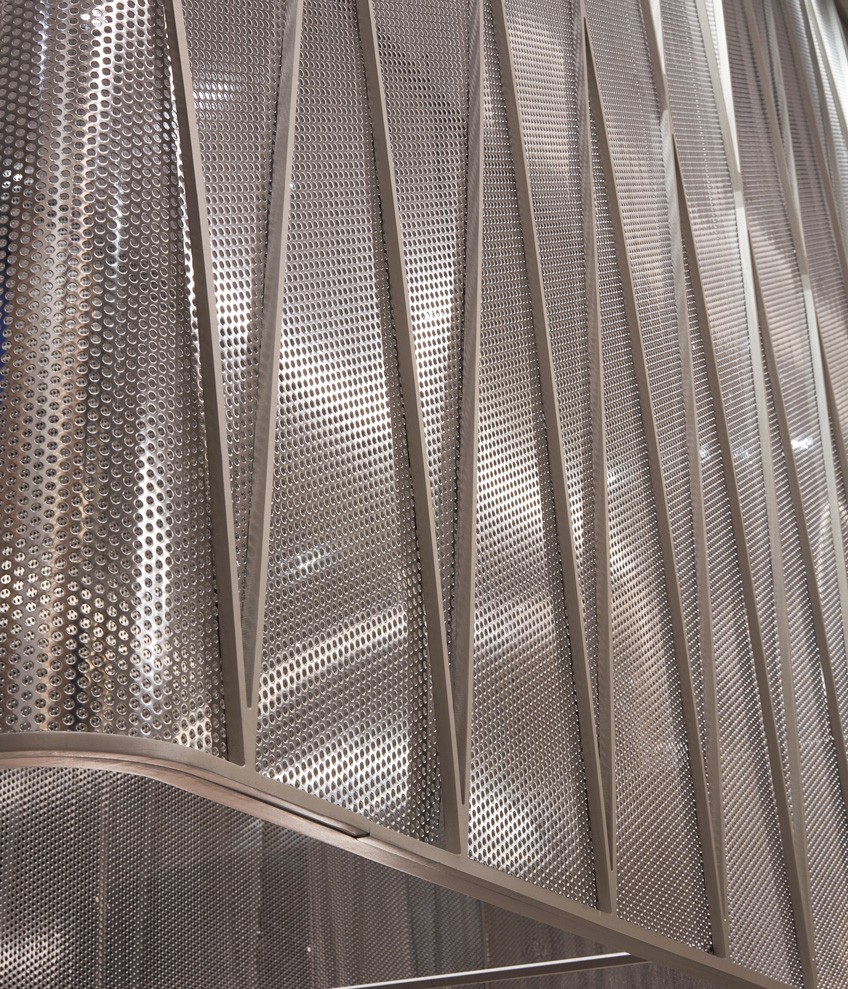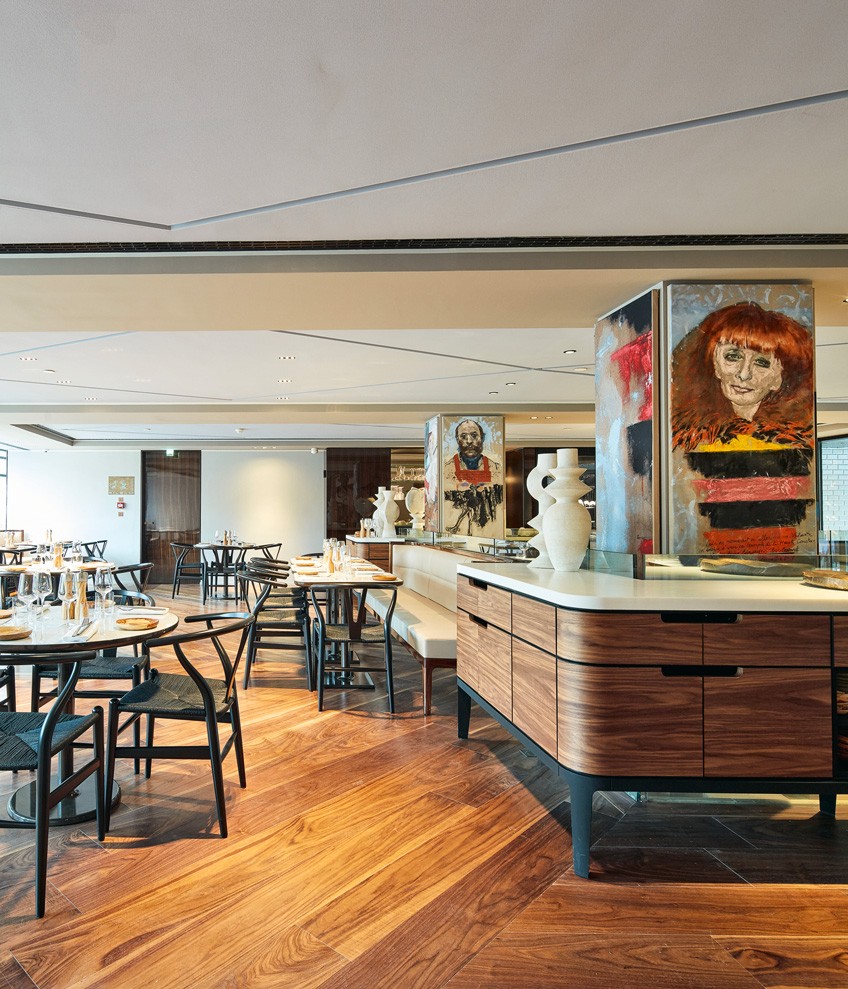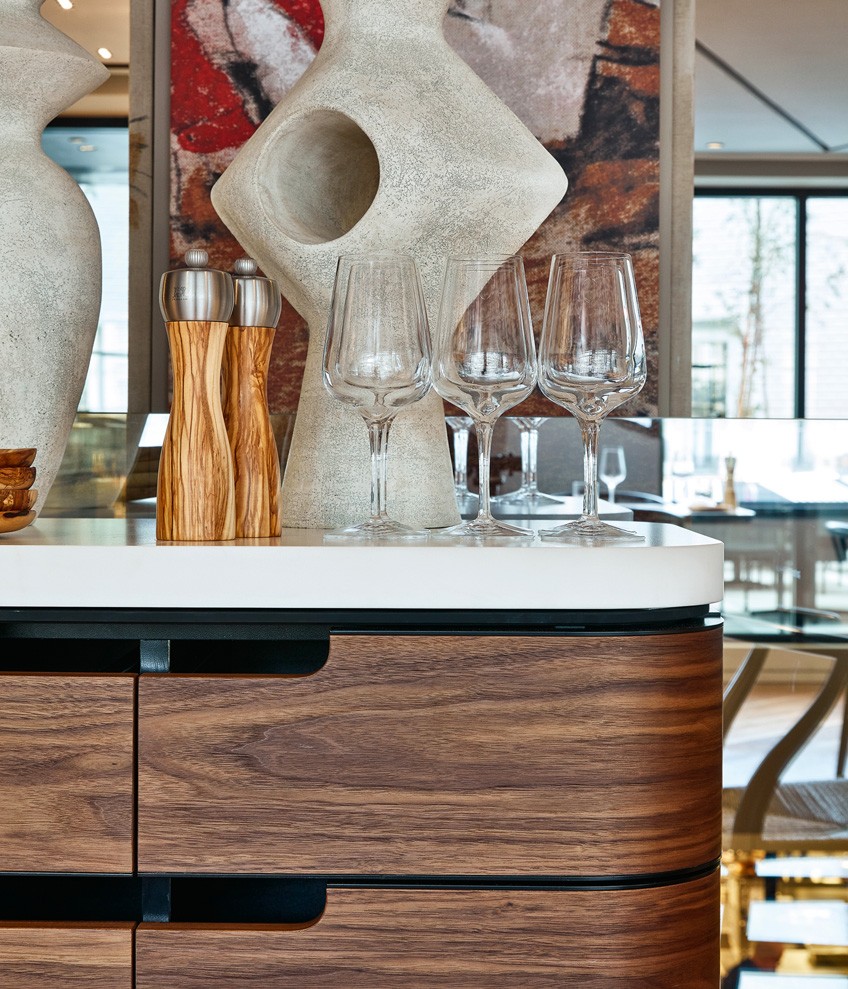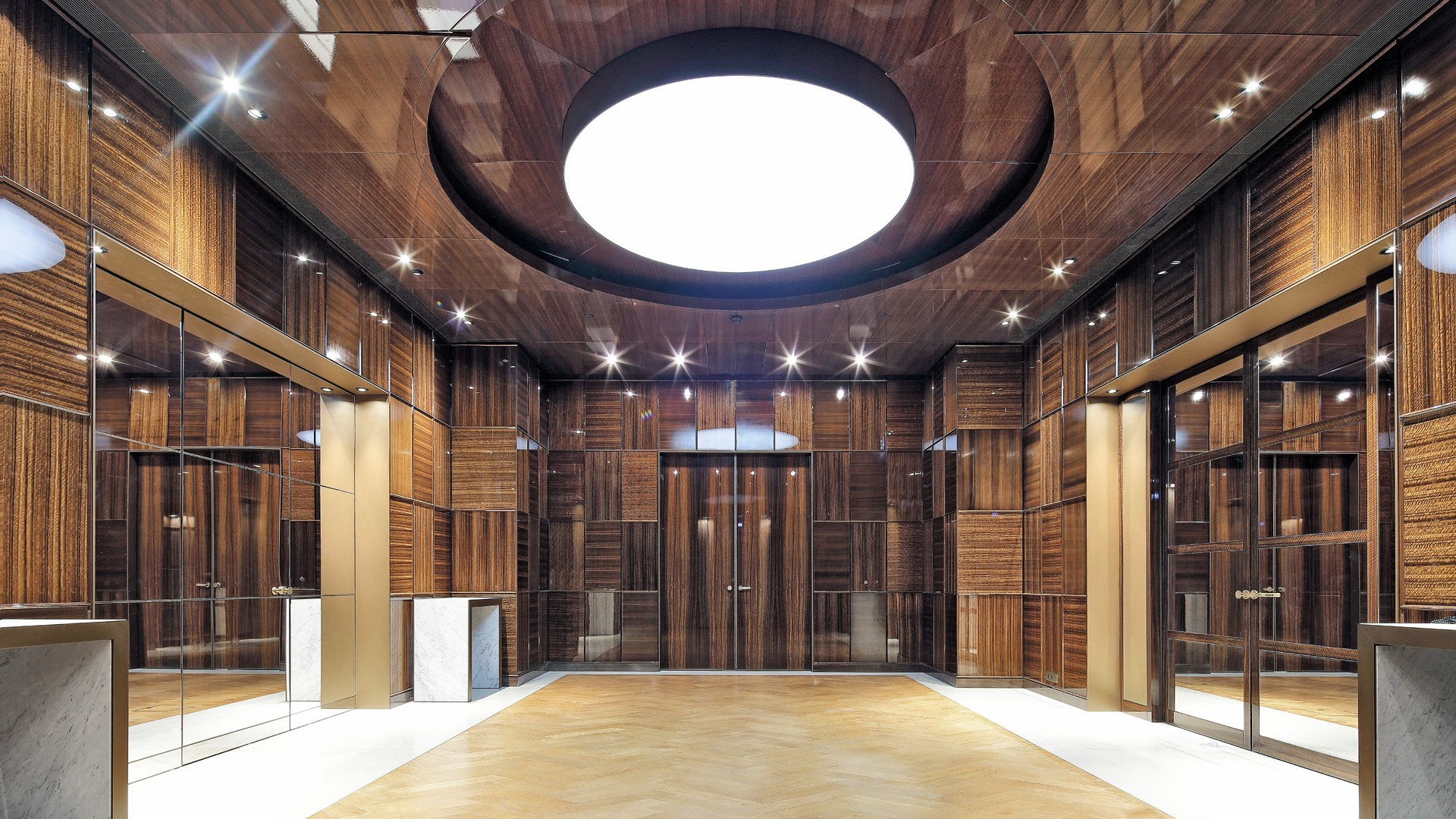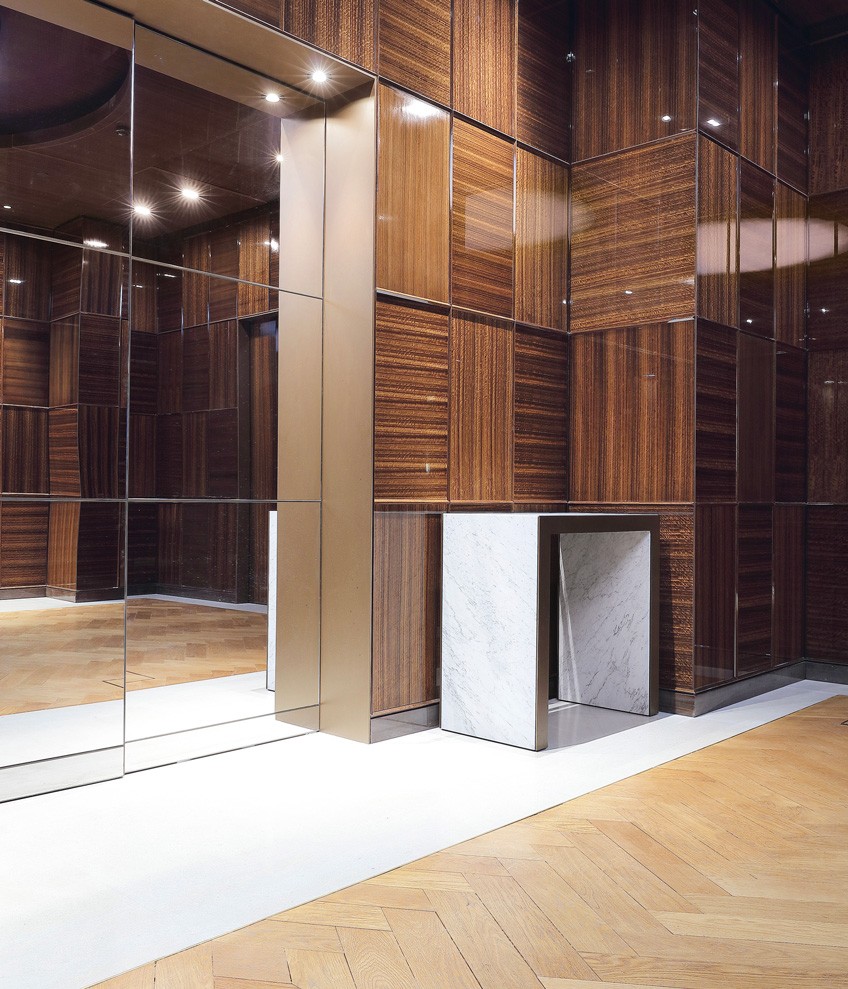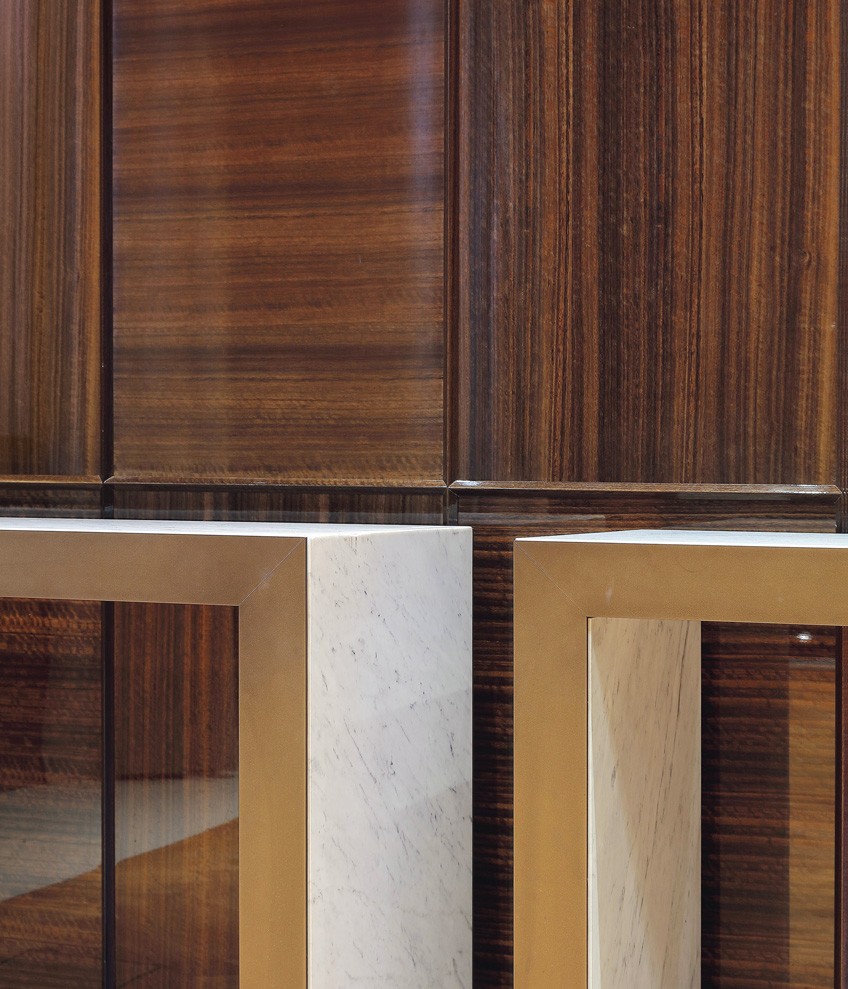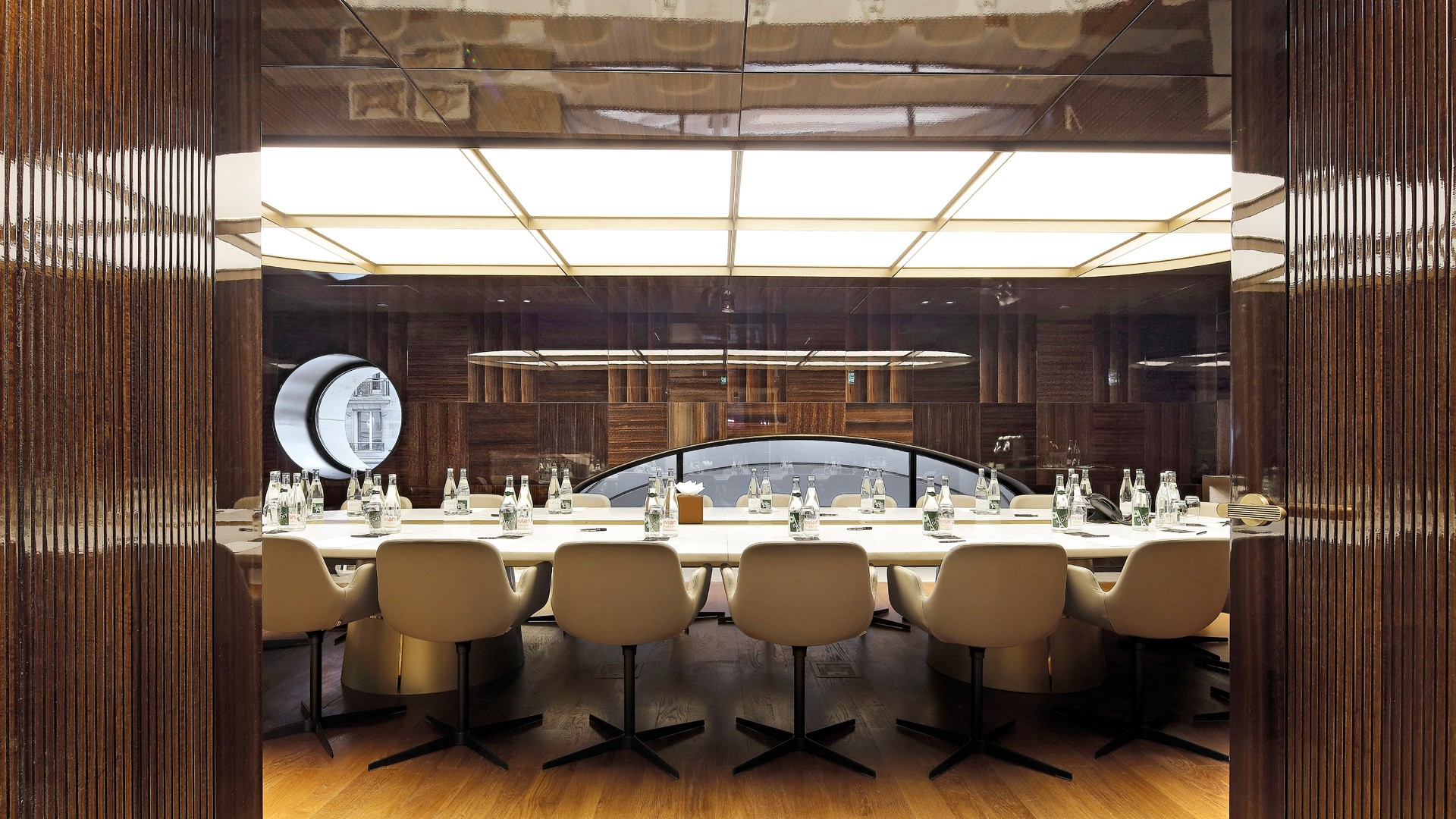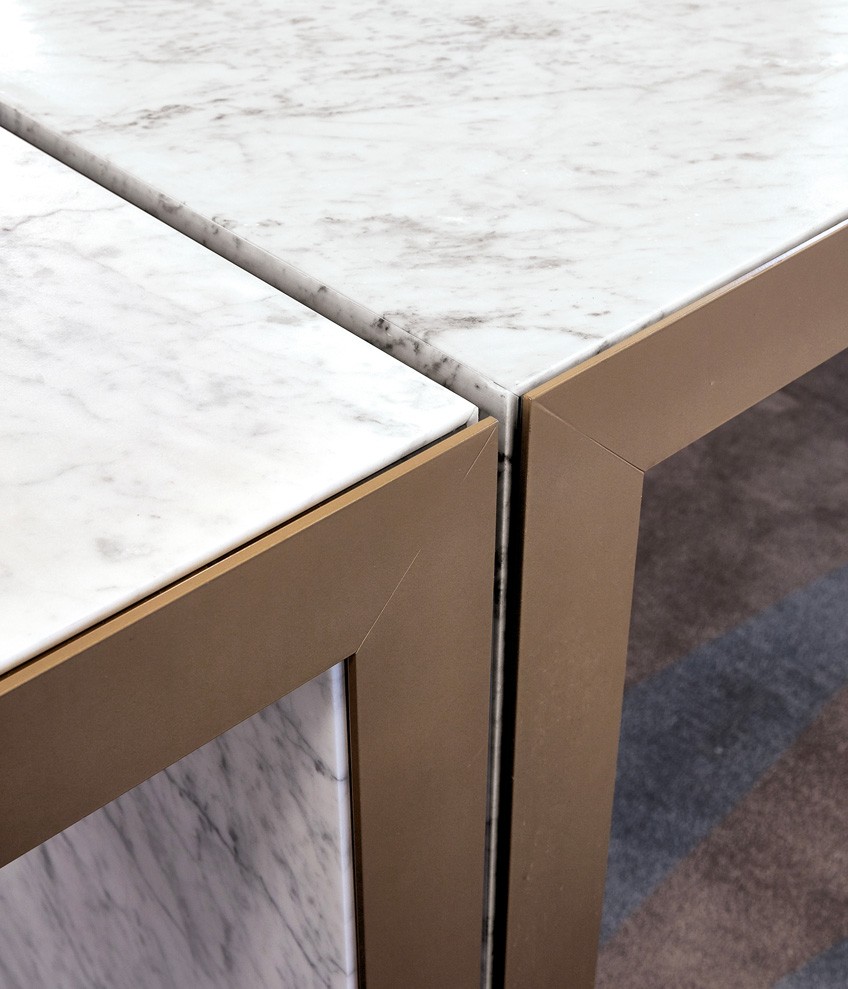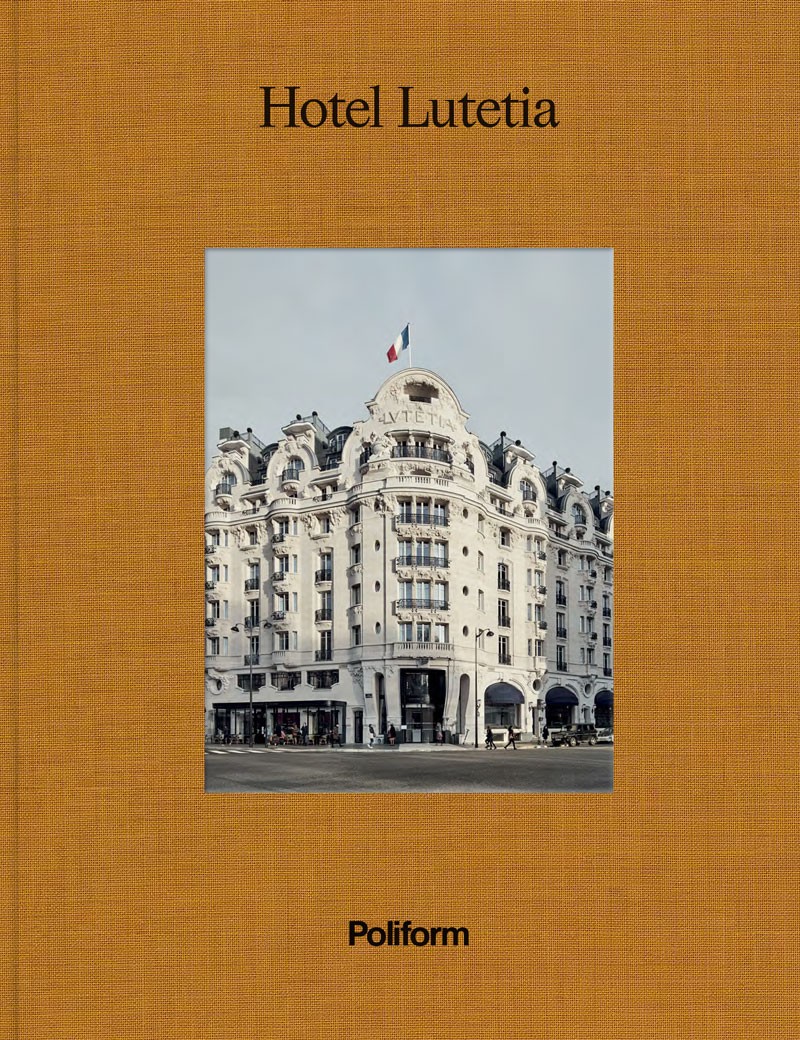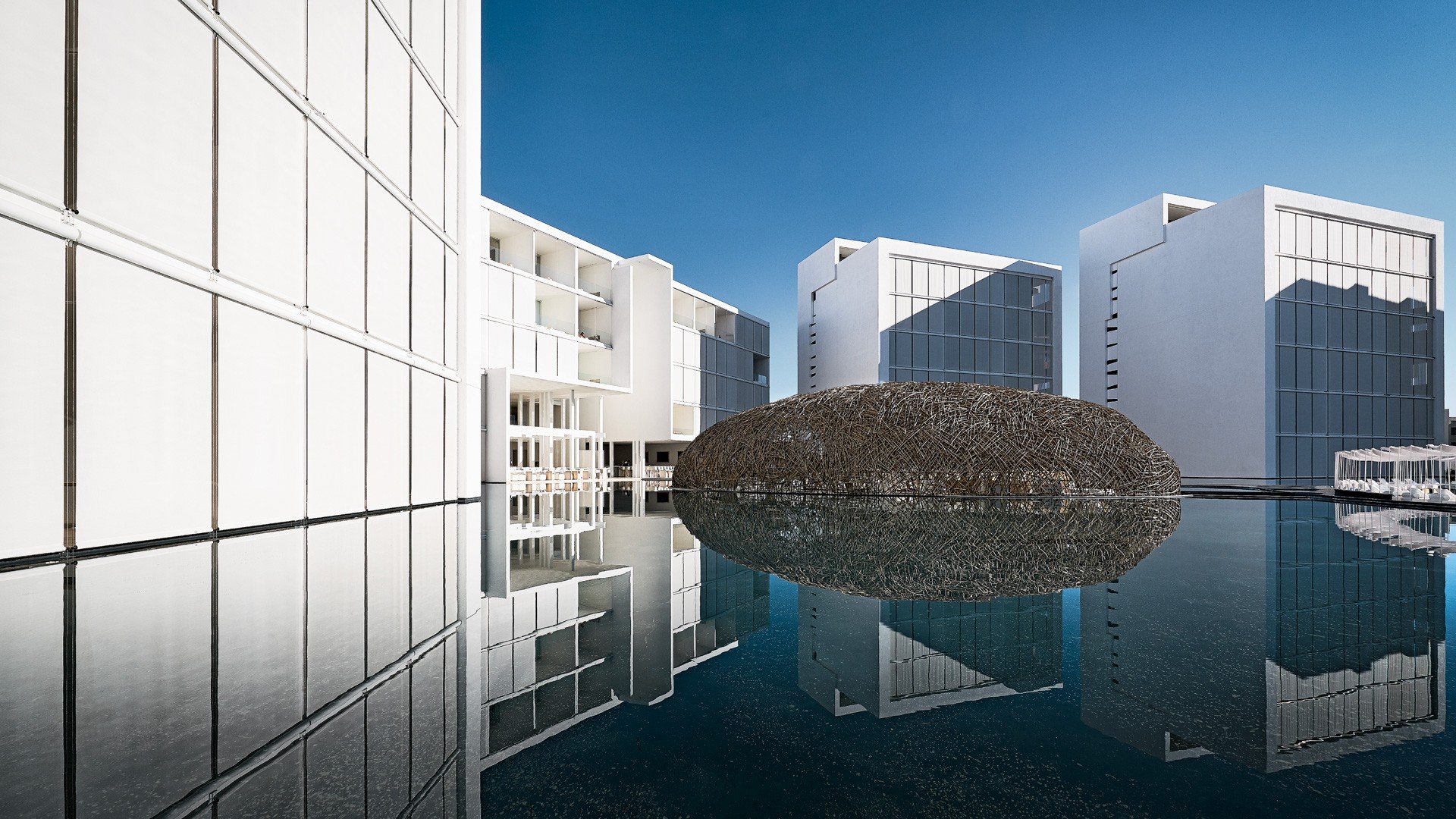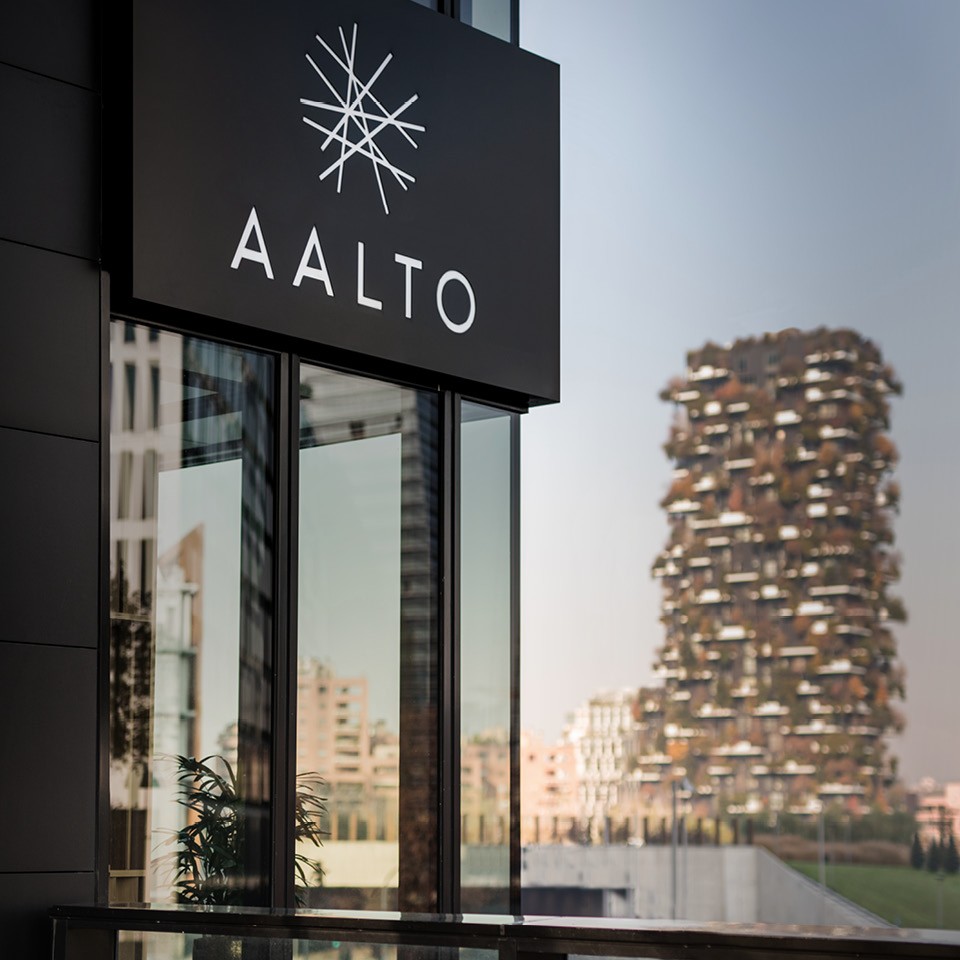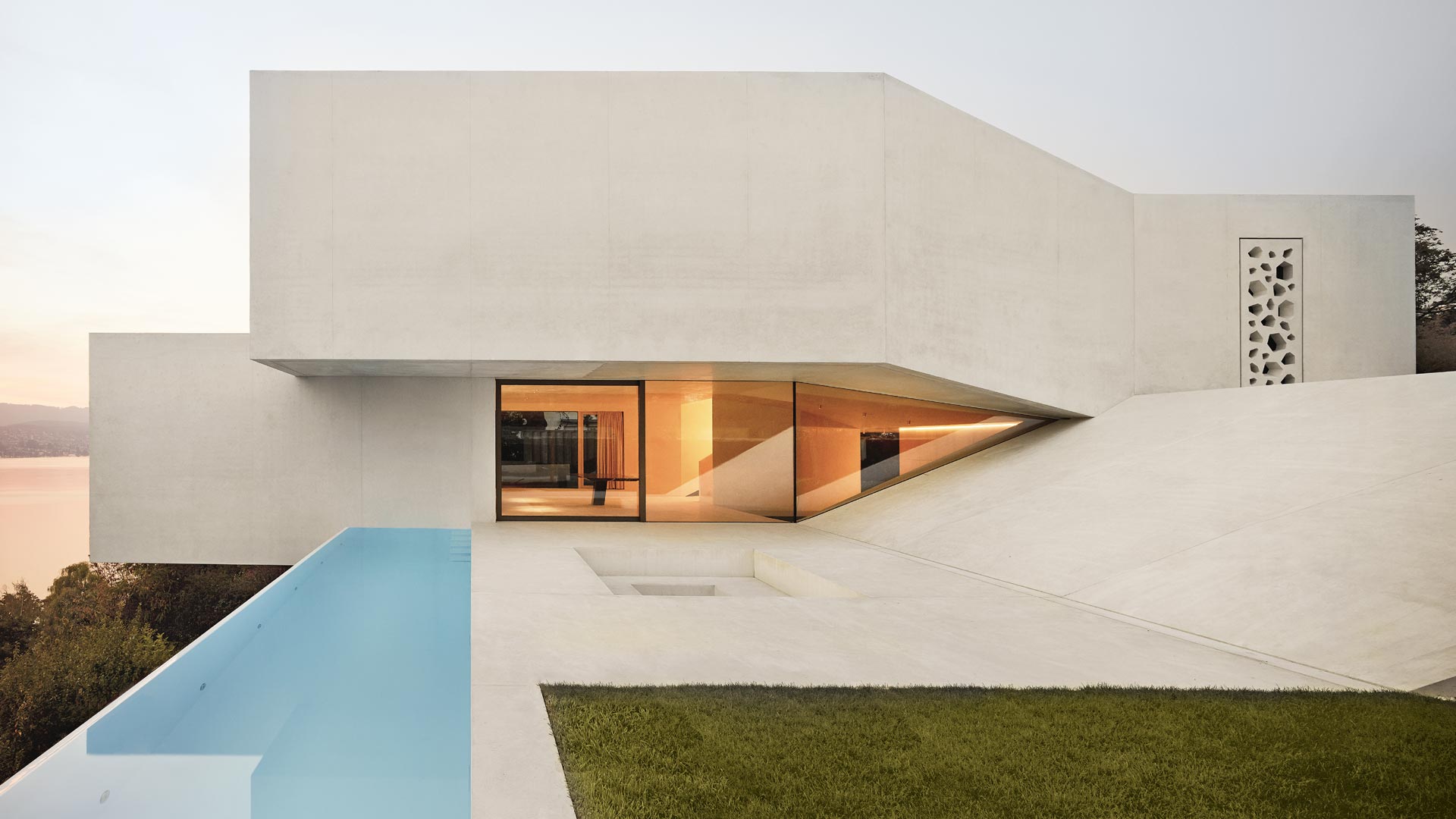- Категория
- Сфера гостеприимства
Отель Lutetia, архитектурный стиль которого сочетает в себе элементы ар-нуво и ар-деко, на протяжении более чем полувека остается символом левого берега Парижа. В проекте Жана-Мишеля Вильмотта по реконструкции роскошного отеля, единственного на левом берегу Сены, Poliform Contract поставляла решения для зон общего пользования.
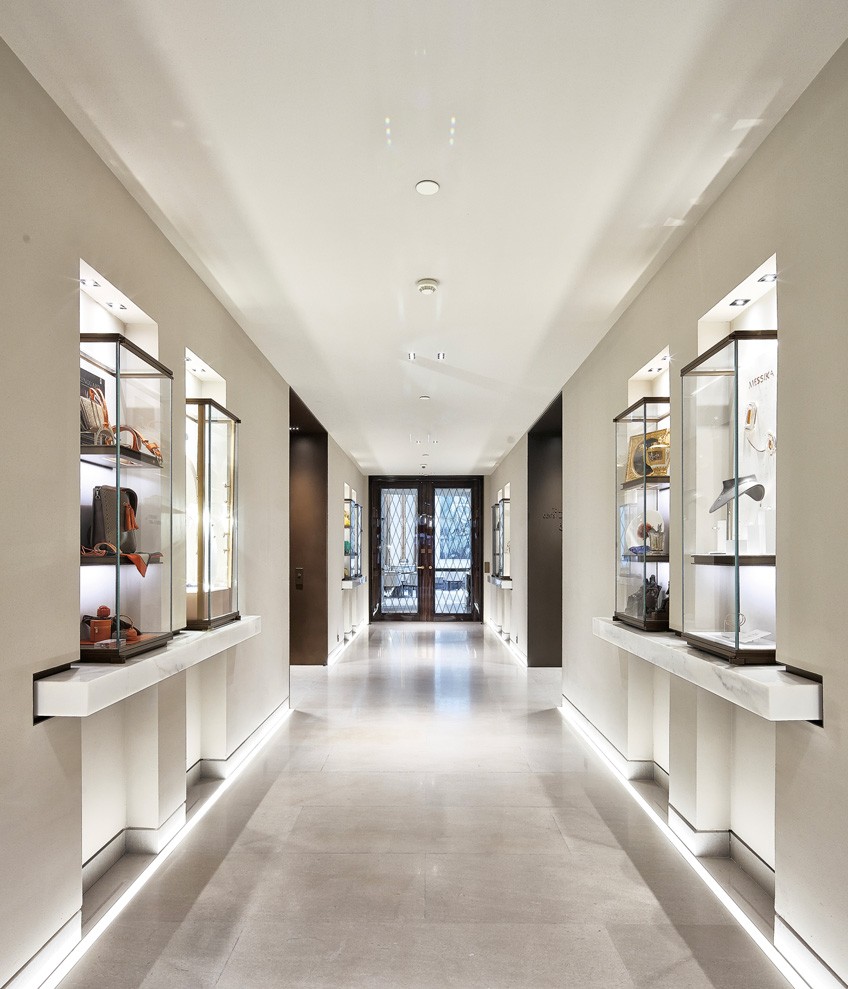
Чтобы воссоздать оригинальную атмосферу отеля Lutetia для сегодняшних клиентов и позволить им окунуться в типичный парижский образ жизни, Вильмотт нашел идеальный баланс между историей и современной эстетикой.
Poliform Contract разработала проект стойки консьержа, атриума, лаунджей, бара Josephine, оранжереи, библиотеки и брассери.
Помимо поставки мебели, Poliform Contract создала покрытия и такие элементы, как стойки и столы.

Jean-Michel Wilmotte is one of the top 100 architects in the world. Graduated at the Ecole Camondo in Paris, he created his own firm in 1975 and became one of the most influential interior designers after his work for the Louvre, where he designed the temporary exhibition spaces, bookshop, and restaurants beneath the Ieoh Ming Pei pyramid.
Aside from being particularly fond of designing museums and cultural spaces, as well as refurbishment of the architectural heritage, Jean-Michel Wilmotte has been developing and extending activities and know-how of his practice throughout his career from furniture and industrial design to large-scale projects like the Greater Moscow.
Lightness and transparency are the key concepts of his design, together with his ability to always find a balance between past and present, the environment and contemporary needs. The Allianz Riviera Stadium in Nice, the Russian Orthodox Spiritual and Cultural Center in Paris, the Ferrari Sporting Management Center
in Maranello and the renovation of the Halle Freyssinet into Station F start-up campus in Paris are some of his latest works, together with the renovation of the Hotel Lutetia, on which this conversation is about.
Far from a simple makeover, his work has succeeded in the challenge to breathe new life into the building while respecting its roots and identity, which has been so precisely narrated in the novel Lutetia by the French writer Pierre Assouline.
What is the aspect that you find most fascinating about Hotel Lutetia?
Everything is fascinating, from the dimensions of the building to its exceptional location, on the rive gauche, or its monumental façade which opens up on Rue de Sèvres, Boulevard Raspail and Place Alphonse Deville: it’s incredible to have such a building on the Left Bank.
It’s also interesting that this hotel was imagined by the former owner of Le Bon Marché, Madame Boucicaut. When she opened her department store she said: “I would like the clients to stay longer in Paris to buy in my department store: I should build a hotel”. Unfortunately, she never had the chance to see it because she died before the opening.
Last but not least, a very fascinating aspect is art. The hotel was built in 1910, a period when art and architecture were transitioning from Art Nouveau to Art Deco. The façade has windows and balusters decorated with angels, trellises and grapes, which are impressive, while the walls of the ground floor had high quality frescoes, friezes and bas-reliefs.
“Our purpose was to recreate the atmosphere of the original Lutetia for today’s requirements”.
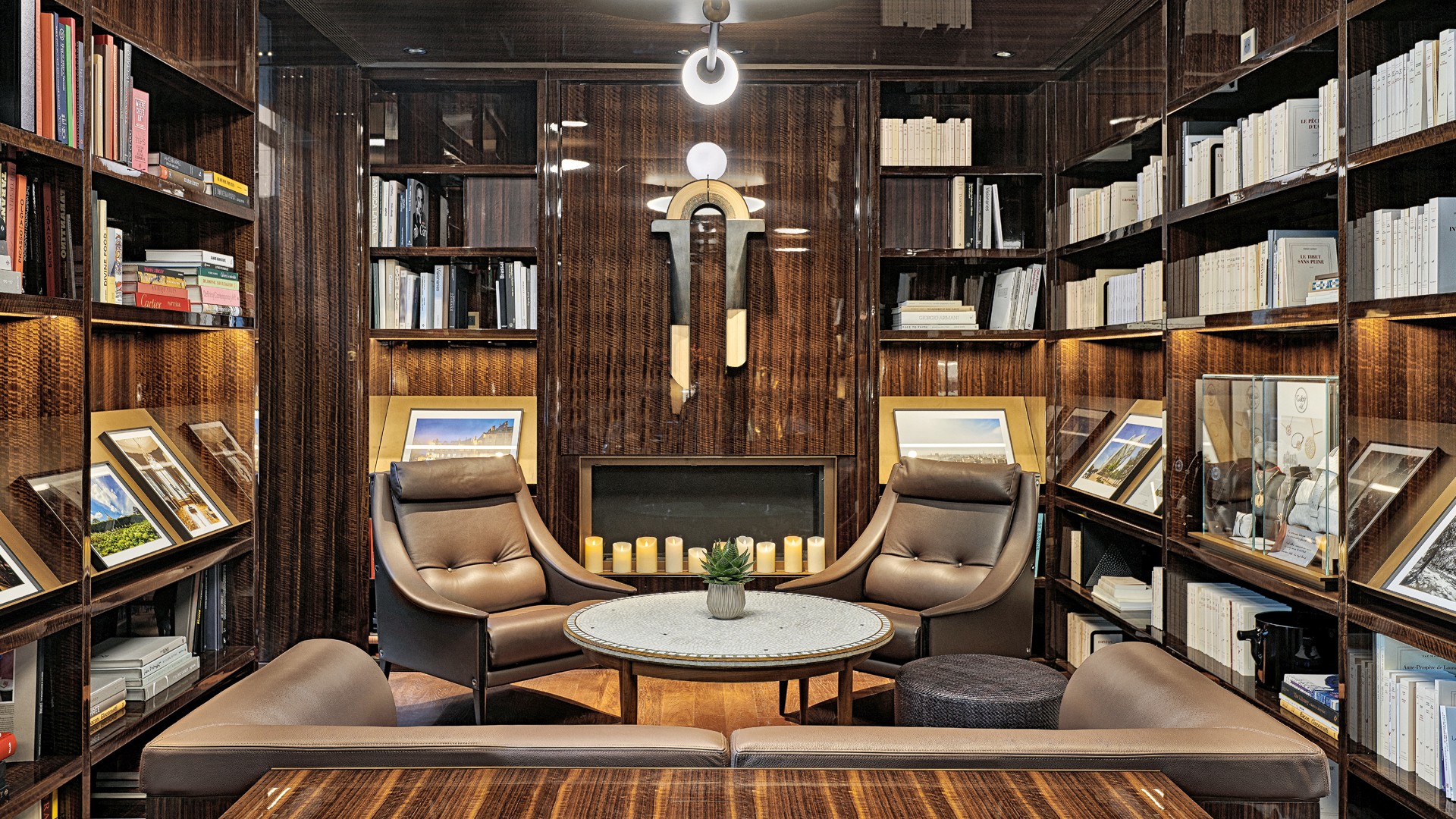
What is the main concept of the new Hotel Lutetia?
Our purpose was to recreate the atmosphere of the original Lutetia for today’s requirements. We didn’t want to do a pastiche, nor a copy of what the Lutetia was before: it’s more about our interpretation. Thus, our challenge was to create a dialogue between the existing and the refurbishment we had in mind, balancing the contemporary elements with the classical ones and cleaning up everything that was out of memory.
How did you transform a 1910 hotel into a hotel of 2019?
We realized almost immediately that in the existing building we already had the vocabulary for the new building. Therefore, we borrowed some details and developed them. For instance, the overlapping circles that were featured on the tympanum of the main building has been replicated on the ground of the bathrooms.We also completely remodeled the space layout by creating larger rooms while reducing their number: all the bathrooms have a window and are lit by natural light by now.
Besides, we took all the partitions out because of their bad quality, upgrading the hotel on acoustics, electricity, air conditioning, etc.
And finally, we added a 17-meters-long swimming pool and a SPA.
How did you redesign the ground floor?
One of the most important things we created on the ground floor is the patio. What was previously a salon without windows, with a low ceiling and heavy curtains, is now an open-air garden that brings daylight everywhere! On the other hand, there is an axis that didn’t exist before: now, from the Orangerie you can see the entrance on Boulevard Raspail.
Then we completely reorganized the spaces. Salon Saint-Germain was too small to host a bar, so we decided to move the bar on the Boulevard Raspail side, while Café Saint-Germain is now a restaurant with a new skylight by contemporary artist Fabrice Hyber, that brings happiness in with its colors. The library – the Salon Ernest – which is an engaging room for book lovers, opens on the garden as well.
How has the past remained visible?
I must say that when we arrived we couldn’t see any original decor and furniture which have totally disappeared during the successive refurbishments in the Sixties, Eighties and Nineties. We only choose to maintain the sculptures of Cesar and Hiquily. I would better say that we uncovered the past, that is now visible again. Under layers of paint, we came across original frescoes that we brought back to life.
“We designed things that were very difficult to carry out and Poliform Contract always found the right solution”.
What was Poliform contribution to the overall project?
Poliform Contract was contracted for the public areas. They made the Conciergerie, the lobby, the entire jazz bar – with the countertop in curved bronzed mirror, the ‘lustre’ and the furnishings, the salon Saint-Germain, the Orangerie, the library, the Brasserie, the sanitary and all the specific details of the ground floor.
We designed things that were very difficult to produce and they always found the appropriate solution. The piece I am most proud of is the masterful ‘lustre’ (19,5 meters long !) of the Bar Joséphine. Realized by Poliform, it is particularly interesting as it is reflecting the space, the frescoes and the light, and constitutes an extraordinary contemporary object on the ceiling.
How do you imagine the life in this new hotel?
Life at the Lutetia is a unique experience.
Let yourself be guided to your room, eat in Saint-Germain, relax in the patio or, if it’s cold outside, near the chimneys in the library or smoke a cigar, then relax going down in the spa or in the swimming pool before having dinner and listening to jazz to the bar or joining a party at the Salon Cristal.
The Lutetia is really the best place to live the Left Bank way of life.

